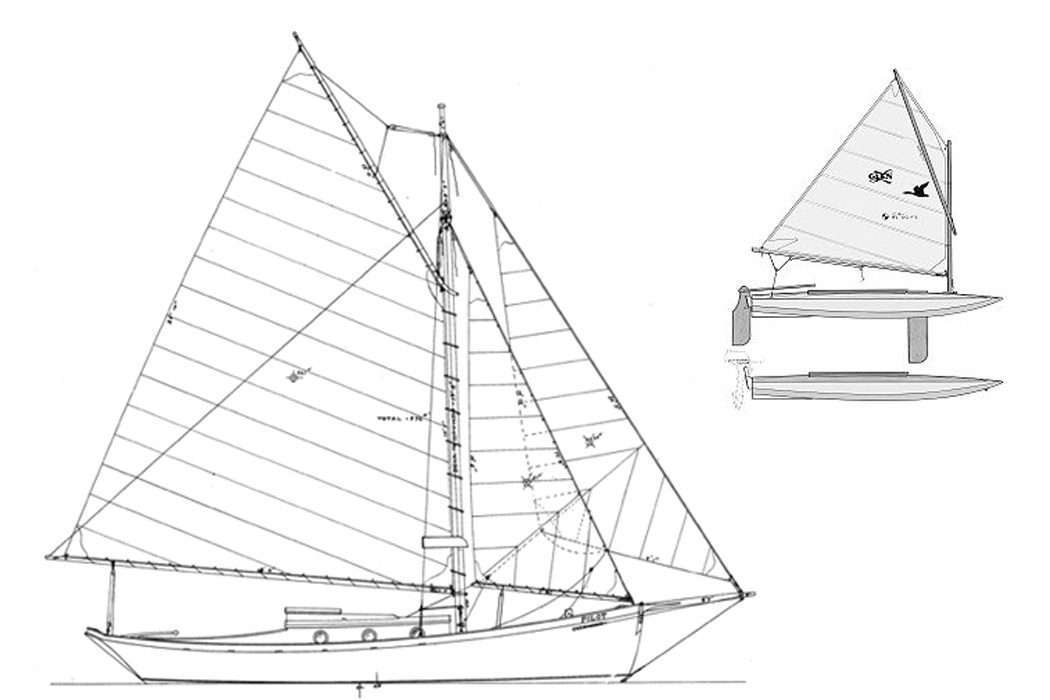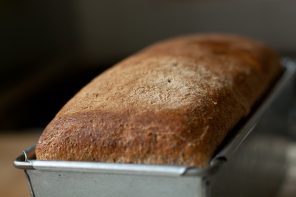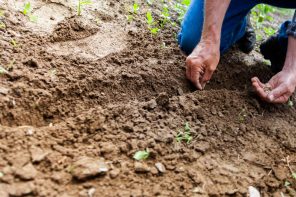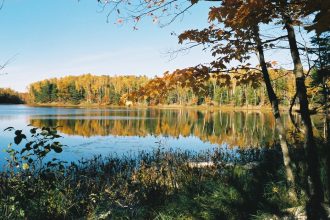Editor’s note: Each Thursday, we feature a throwback piece from Topology’s predecessor, catapult magazine. In this essay from 2007, Chris Fuller reflects on his nautical heritage and how to preserve it today.
My family has a strong history on the water; beginning, I suppose, with Samuel and Edward Fuller who made their way to the “New World” on the Mayflower. This doesn’t necessarily make them “boat people,” but it’s been a strong predictor of my family’s attachment to the water.
In more recent generations, both of my grandparents served in the Navy during World War II. My father worked as a naval engineer designing ice-breakers for the Coast Guard. Before I was born, my father built a 42’ PT class boat, called Frolic, in our back yard. She first floated during hurricane Agnes in 1972, made it through the storm and into open water, but my dad’s back kept him from keeping her up and she was sold for scrap. All of this is to say that I’ve always felt a deep devotion to life on the water.
In 1980 (when I was a “terrible” two years of age), my father took most of the money left to him from his father’s death and had our beloved Serene built. She was a 28’ gaff-rigged cutter, designed by George Stadel. She was all wood with no motor except for a small outboard on the dinghy that could serve as the occasional push-boat. We launched her in June of 1981 when my father and brother sailed her from East Boothbay, Maine to her home in Galesville, Maryland on the West River—a tributary of the Chesapeake Bay.
Then, in 2005 we had to let Serene go. Many of her ribs had developed rot that we didn’t have the expertise or money to fix. However, for those 24 years, I had the privilege to make frequent and unhurried trips around the Chesapeake.
As the song says, “Don’t it always seem to go that you don’t know what you’ve got till it’s gone.” In many ways I took for granted those trips, that experience, and what seemed to be the limitless knowledge and strength of my father. So now I find myself a bit shell-shocked as I remember those days and see my father slowing down—which is where I find myself today: running to catch up.
In the last few years I have thrown myself headfirst into boating as a hobby. But what I hope is that, someday, I can call it my occupation. I realized my love for boats in our last years with Serene. I was afforded a few years to actually get to know the inner workings of Serene, what it took to care for her. Since then I’ve begun construction on a 21’ Chesapeake Light Craft two-person kayak, and purchased and begun restoring a 16’ Barnegat Bay Sneakbox sailboat that was built sometime before 1945.
I’ve written about all of this history because of the life it brings to the present. Every time I am fortunate enough to spend a day near a boat, I can feel what tradition and culture are always hinting at. When I run my hand across the planks of my sailboat, it’s one of the few times I can truly feel the ground beneath my feet. In that moment, history distant and recent collide in the present, and I’m struck with the potential of a life of fulfillment contrasted with my often hollow routines. Why have we pushed these things to the margins? Why do lifestyles full of history become “hobbies”? Many people make their treks to Maryland for a meal of blue crabs, or perhaps some oysters, but much like dwindling farming communities, few people contemplate a culture that is persevering but shrinking rapidly. It also seems to me that at some point in future, perhaps sooner than we think, we will need the skills once present in these proudly “blue collar” cultures, and their ranks might be all but gone. Hopefully someone will be around to re-teach us how to live close to this creation and those around us.
I would truly love to live by doing the careful work of building and restoring boats, but that choice is much harder than I think it ought to be. It seems to me that someone willing to work hard shouldn’t have to answer the “how are you going to…?” or the “what if…?” questions. To my eyes, this culture I find myself in rewards cleverness before it rewards work. But such is a life built around the abstract of money as opposed to the tangibles of sustenance.
My dream is to fashion planks on frames till my body can no longer hold the strain, working to create life from life, vessels that serve to function, but also bring pleasure to the senses in their simplicity and connectedness to history and future. There’s something completely other when your hands work with wood—something still more amazing and versatile than anything we’ve yet managed to “create.” At the end of the process you’ve built something dependent on the wind or the body—for me a constant reminder that we are in fact “dust to dust.”





